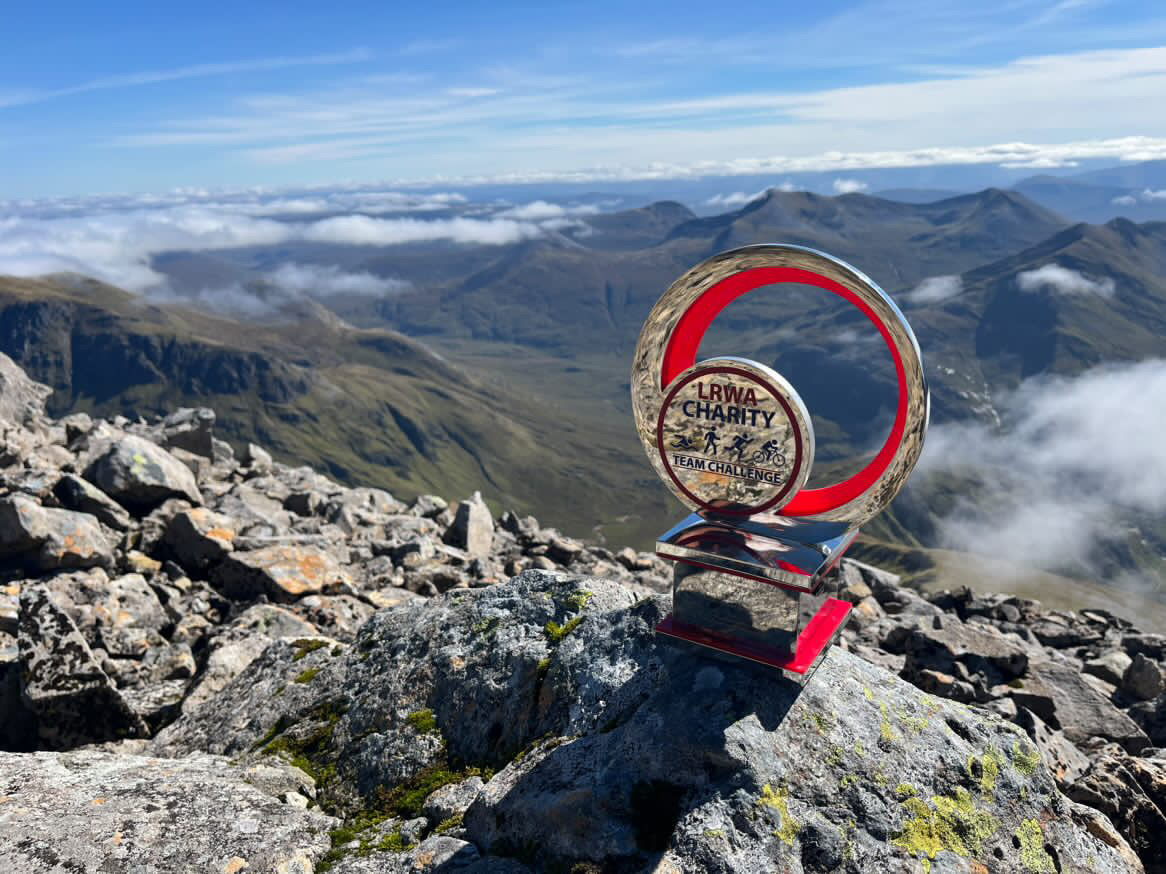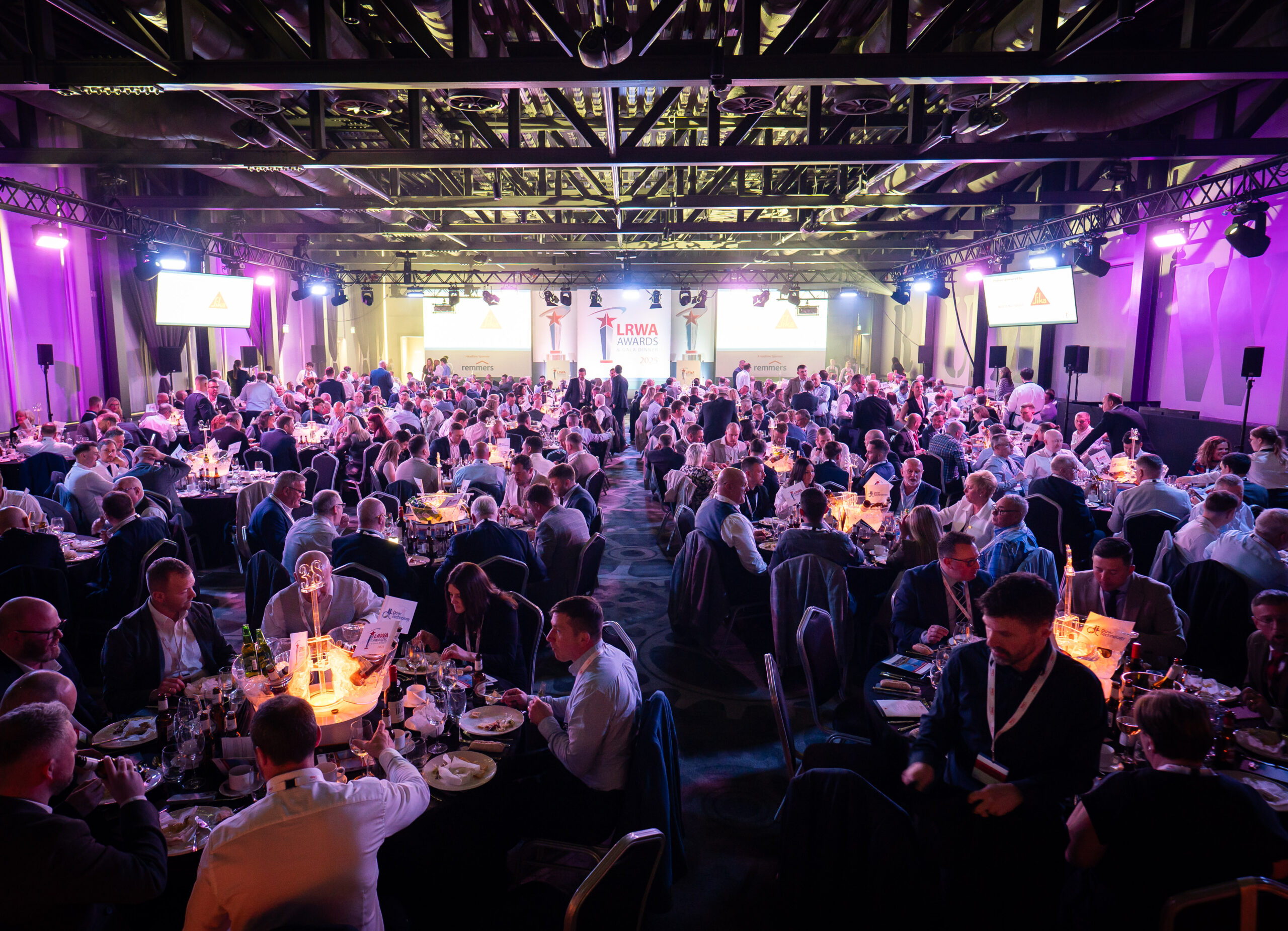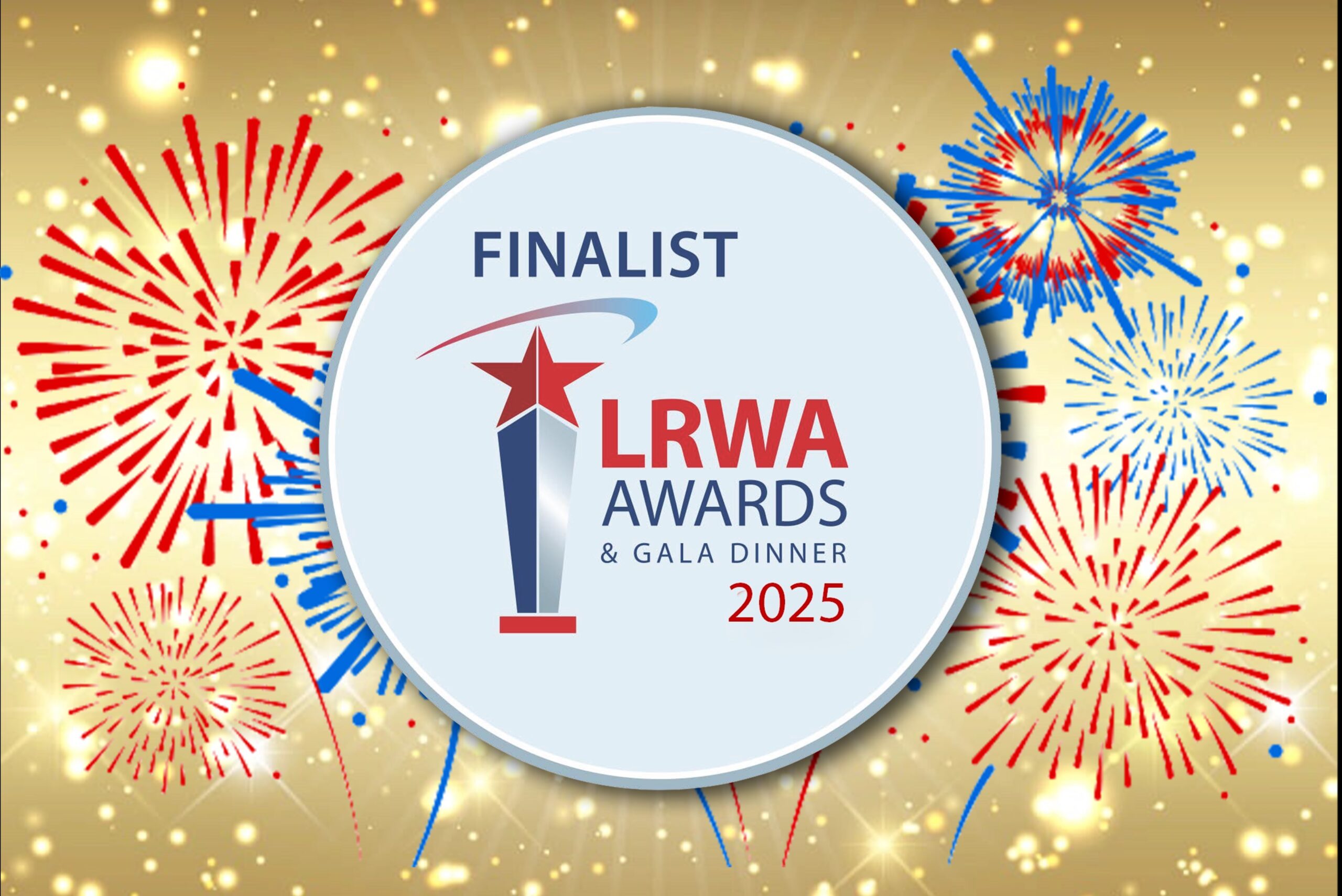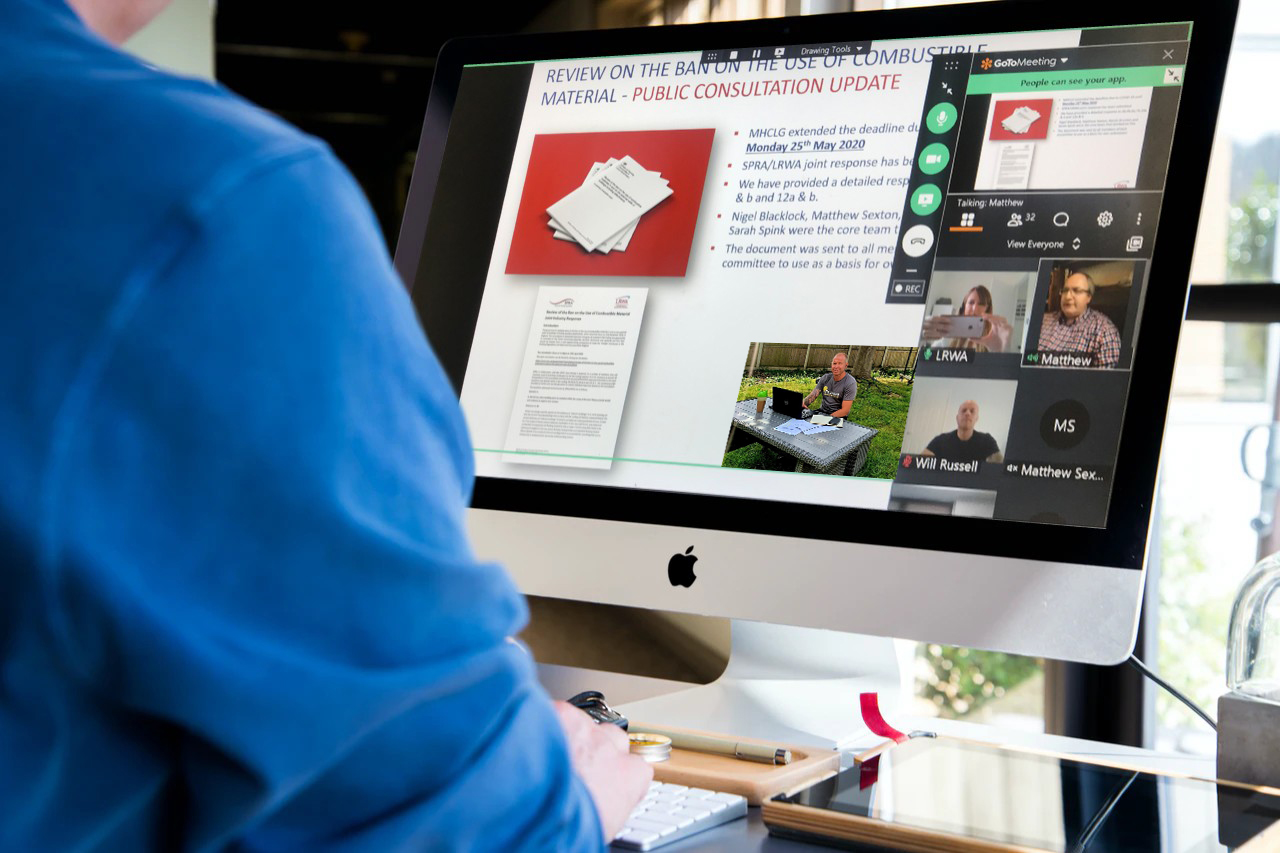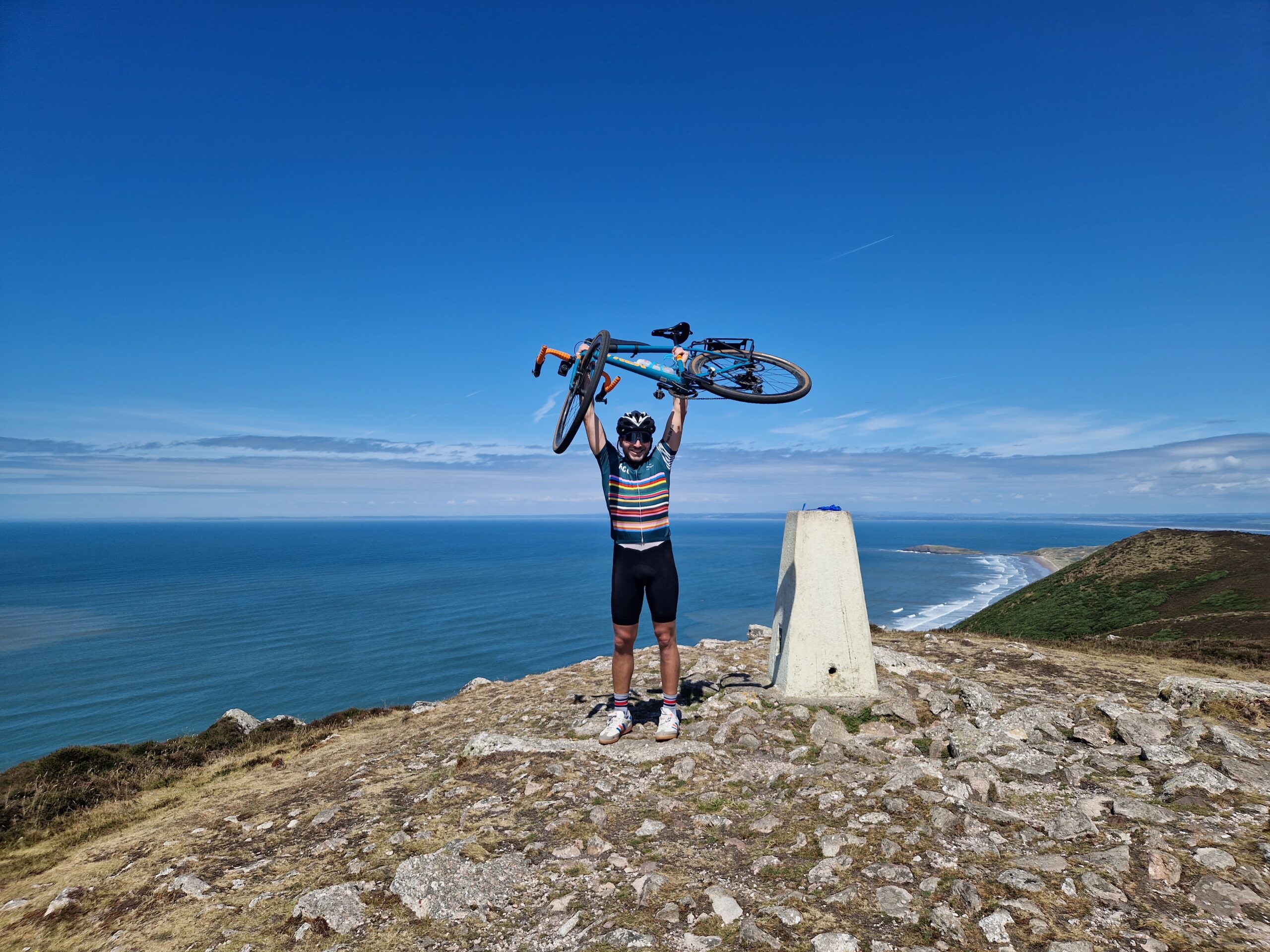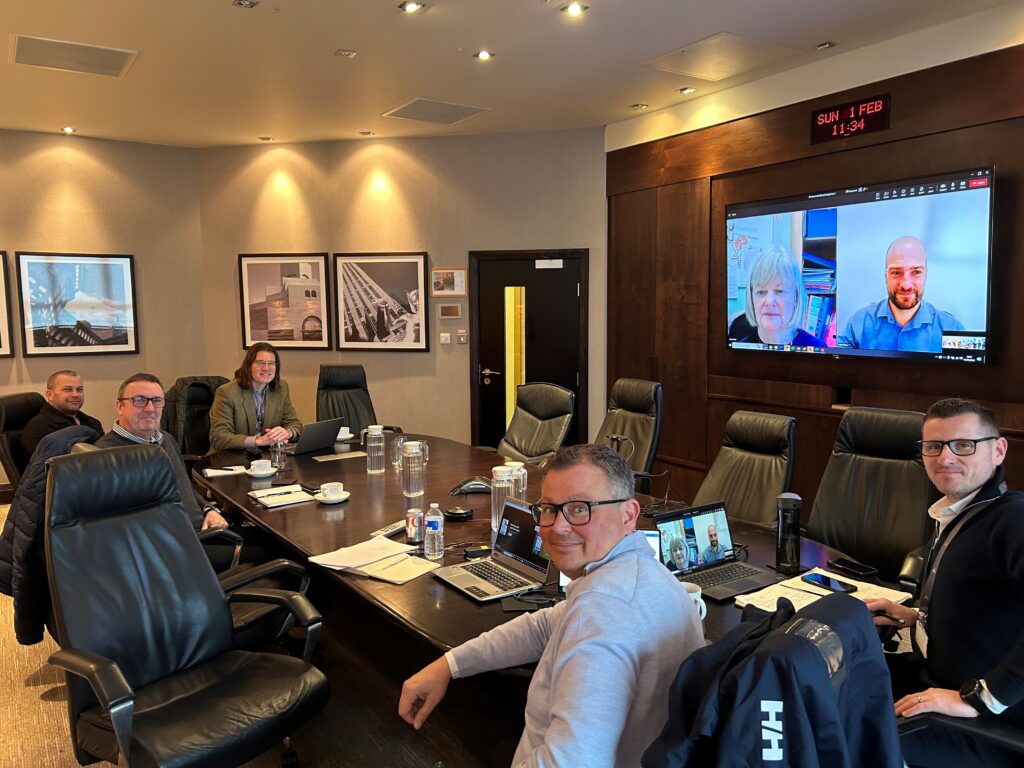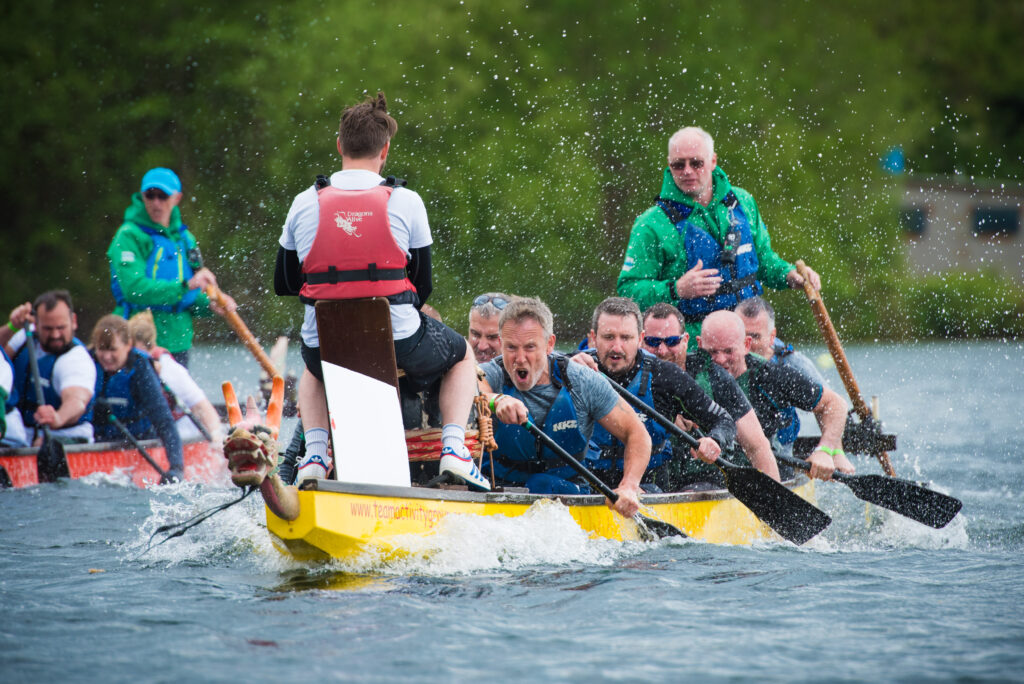Generic types of liquid applied membranes
- Home
- Technical
- What are liquid applied membranes
- Generic types of liquid applied membranes
- Generic types of liquid applied membranes
There are many types of liquid applied membranes and the majority of them are covered by European Assessment Document (EAD) 030350-00-0402 (Previously known as European Technical Approval Guideline 005) for ‘Liquid Applied Roof Waterproofing Kits’. This provides an ideal basis for a system to describe the different type of liquid applied membranes. There are some, however, that are not covered by the EAD, but this should not detract from their use as long as they have a valid agrement Certificate for their intended use. Further information on suitable applications are shown in the Liquid Roofing Finder.
It is recommended that only systems holding current third-party accreditation such as agrement (such as BBA or BDA) or ETA certificates should be specified.
The liquid waterproof products covered by the EAD are based on:
Glass Reinforced Resilient Unsaturated Polyester Resins
- Useful links
- Members area
- Join LRWA
- Latest news
- Latest events
- Latest vacancies
Listed below are the latest jobs posted by our LRWA members.

